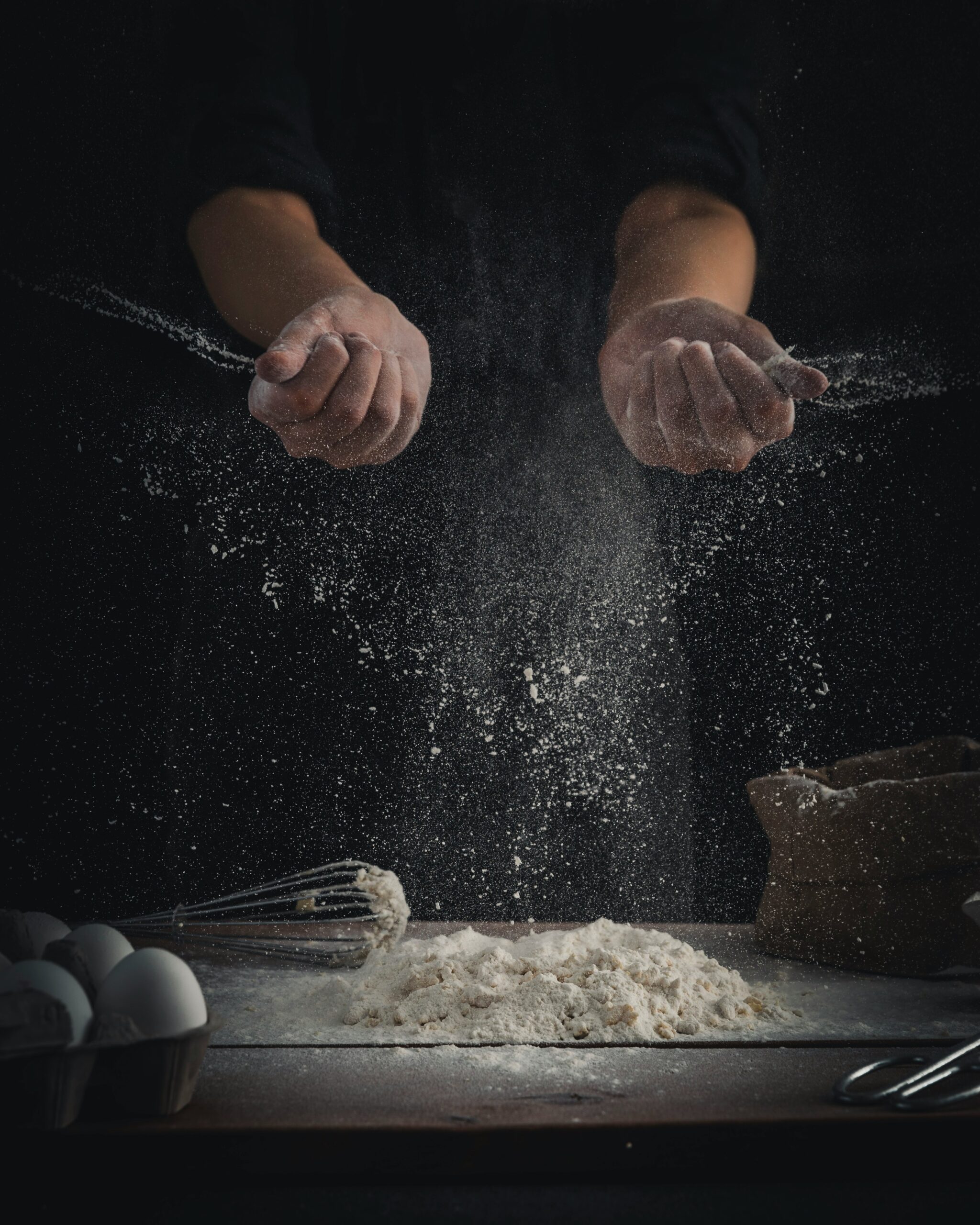
Snowboarding on fresh powder is an exhilarating experience that offers freedom and flow unlike any other terrain. Unlike packed snow or groomed trails, powder riding requires a unique balance, control, and technique approach. Adapting to deep snow can be challenging for beginners and even intermediate riders. However, with the right mindset and skills, carving through fresh powder can become one of the most rewarding aspects of snowboarding.
Choosing the Right Gear for Powder Riding
Having the proper gear is essential for an optimal powder riding experience. The right snowboard makes all the difference, as standard all-mountain boards may not perform well in deep snow. A wider, longer board with a rocker profile is ideal, as it helps keep the nose afloat and prevents sinking. Many riders prefer a directional board with a setback stance, shifting weight towards the tail for better float and control.
Bindings should also be adjusted to complement powder riding. A slight setback stance and a more relaxed binding angle help with maneuverability and stability. Boots should provide ample support while remaining flexible enough for smooth movements. Additionally, choosing the right outerwear is crucial—waterproof and breathable gear will keep riders warm and dry while navigating deep snow.
Adjusting Your Stance and Balance
Riding in powder requires a different stance than on groomed trails. The key is to stay balanced while keeping the nose of the board above the snow to avoid getting stuck. Unlike riding on a hardpack, where weight is more evenly distributed, powder riding requires a slight weight shift toward the back foot. This adjustment prevents the front of the board from diving into the snow and allows for smoother, more controlled turns.
Bending the knees and maintaining a relaxed posture is crucial. Stiffness in the body can cause unnecessary resistance, making it harder to adjust to changes in terrain. Keeping a dynamic stance and absorbing movements with the legs will provide better control and flow.
Perfecting Turns and Speed Control
Turning in powder is different from carving on groomed runs. Instead of digging edges into the snow, powder turns should be fluid, with gentle, sweeping motions. Using subtle shifts in body weight and leaning into turns rather than forcing them helps maintain momentum.
Speed is a friend in powder riding. Unlike hardpack, where too much speed can lead to losing control, powder naturally slows down the board. Steady speed ensures that the board glides over the surface instead of sinking. Short, choppy movements should be avoided—fluidity is key when navigating deep snow.
Managing Falls and Recovering from a Stuck Board
Falling in powder is inevitable, even for experienced riders. The good news is that soft snow cushions fall, making them far less painful than on hard-packed slopes. However, getting up after a fall can be difficult. The best technique is to roll onto the back and use the hands to push up while keeping the board level. Trying to stand up directly in deep snow often results in sinking further.
When the board gets stuck in the snow, shifting weight backward and making small rocking motions can help regain movement. If wholly buried, unstrapping one foot to reposition the board can make it easier to start riding again. Avoid excessive movement that could compact the snow and make it harder to escape.
Navigating Tree Runs and Variable Terrain
Fresh powder often accumulates in off-piste areas and tree runs, offering some of the best conditions for experienced riders. However, these areas have unique challenges, including tighter spaces and unexpected obstacles. Keeping a steady line of sight ahead is crucial when riding through trees. Instead of focusing on the trees, looking at the gaps between them helps maintain flow and avoid collisions.
Terrain variations, such as tiny drops or uneven snowbanks, require quick adjustments. Staying light on the board and being prepared for unexpected shifts in snow depth can help riders maintain stability. Riding with a slightly wider stance improves balance and adaptability in such conditions.
Avalanche Awareness and Safety Precautions
Snowboarding in fresh powder, especially in backcountry areas, comes with inherent risks. Avalanches are a real danger, and riders should be aware of snow conditions, weather patterns, and potential hazards before venturing into ungroomed terrain. Checking avalanche forecasts and carrying essential safety gear, such as a beacon, probe, and shovel, is crucial for anyone exploring deep snow beyond resort boundaries.
Riding with a group and maintaining visual contact with others ensures that help is available in an emergency. Understanding basic avalanche safety, including identifying dangerous slopes and trigger points, is essential for those who venture into off-piste powder areas.
Enjoying the Ride and Embracing the Experience
Powder riding is as much about the experience as it is about technique. Unlike hard-packed snow, where precision and edge control dominate, powder demands a more fluid, surf-like approach. Riders who embrace the rhythm of the snow and adapt their movements accordingly will find themselves floating effortlessly through the terrain.
Confidence and relaxation go a long way in powder riding. The more a rider trusts the board and the snow, the more enjoyable the experience becomes. Letting go of rigid techniques and flowing with the mountain’s natural contours makes for a thrilling and rewarding ride.
Snowboarding on fresh powder is an unforgettable experience requiring skill, patience, and the right mindset. Riders can unlock the true joy of floating through untouched snow by preparing with proper gear, adjusting balance and stance, mastering turns, and understanding safety precautions. Whether in resort-side powder stashes or deep backcountry runs, the feeling of gliding effortlessly over fresh snow makes snowboarding unique.